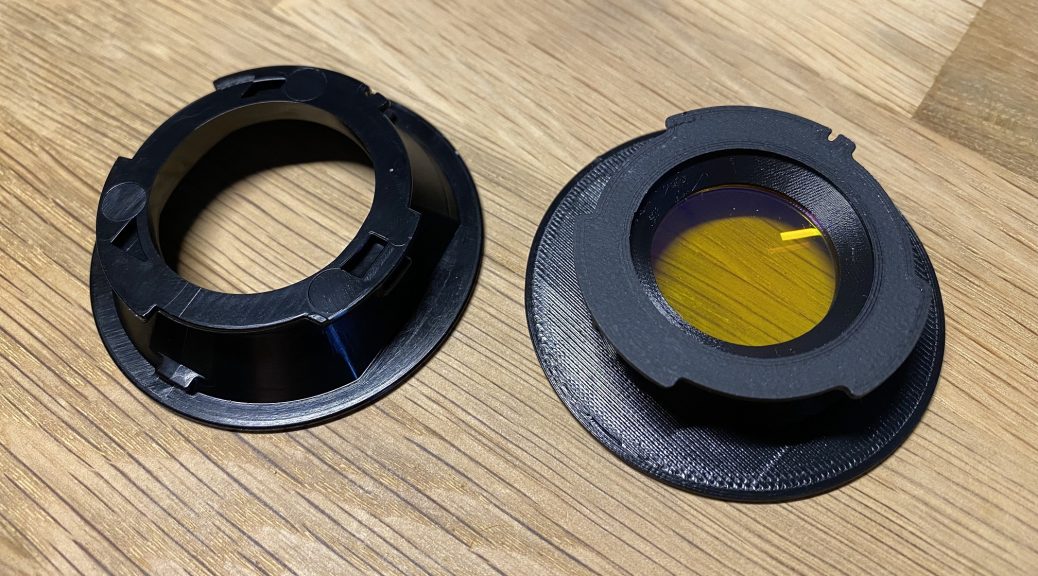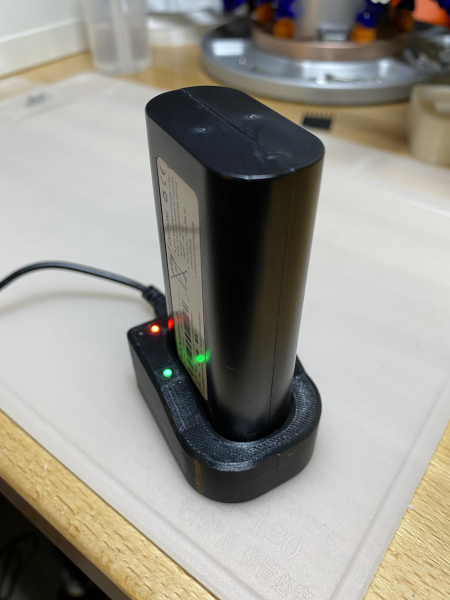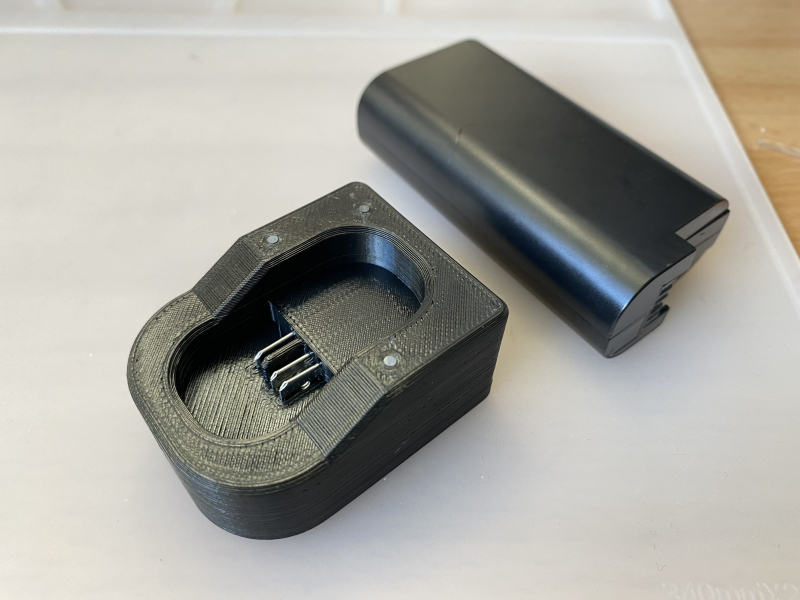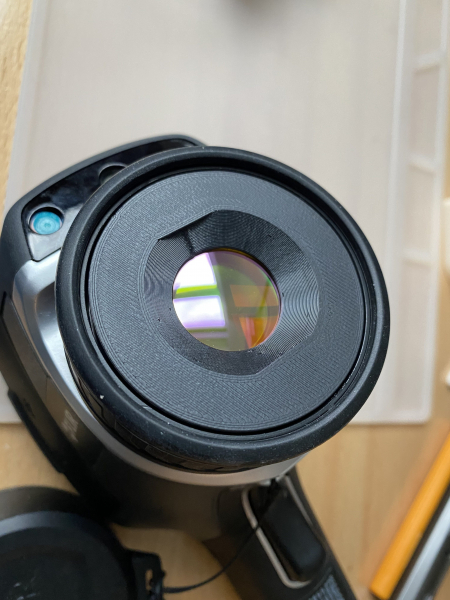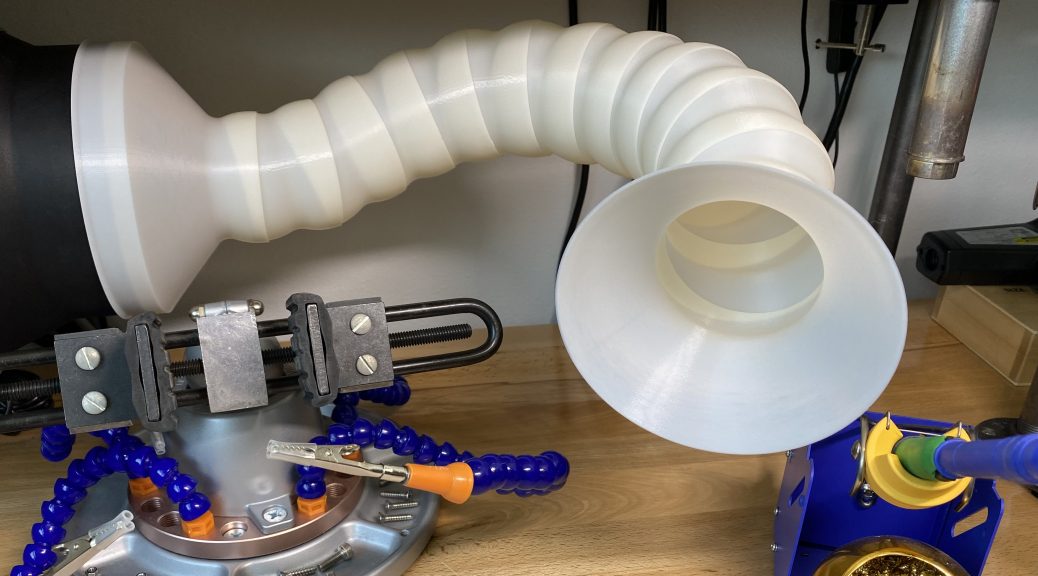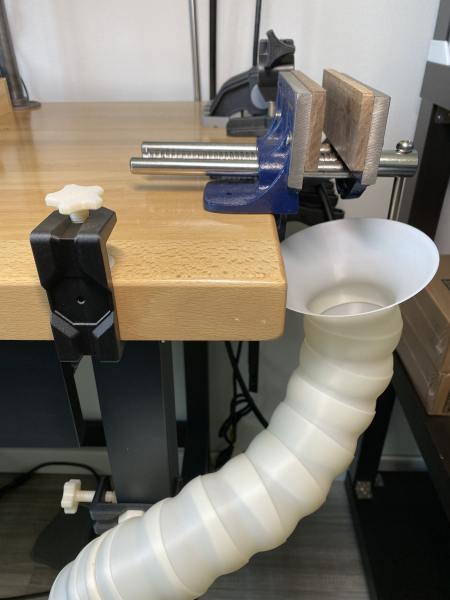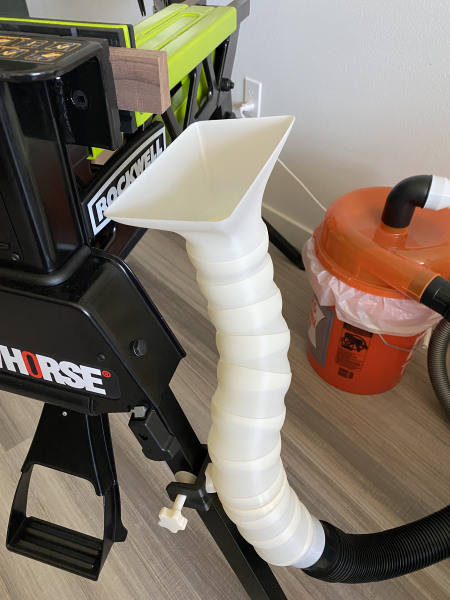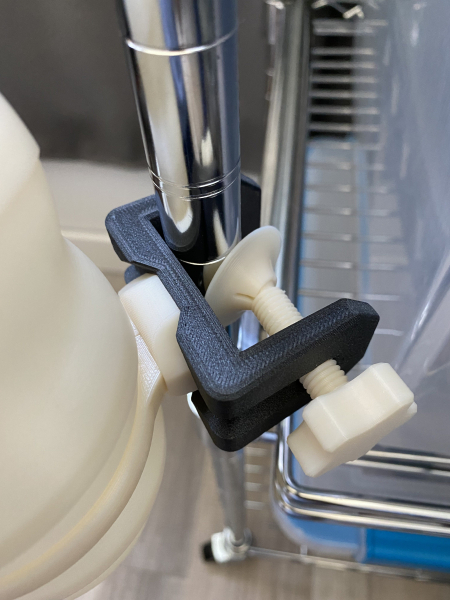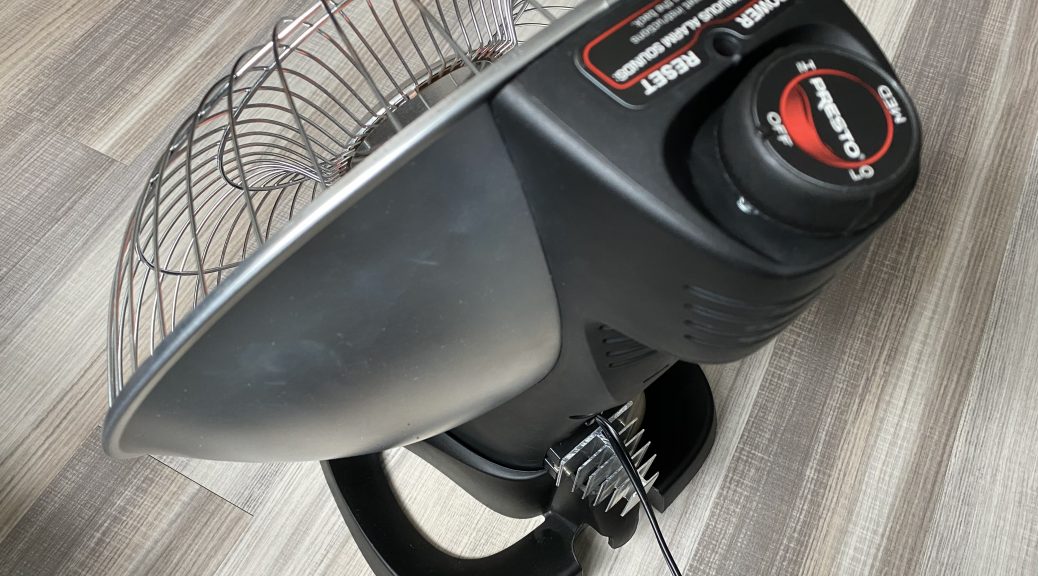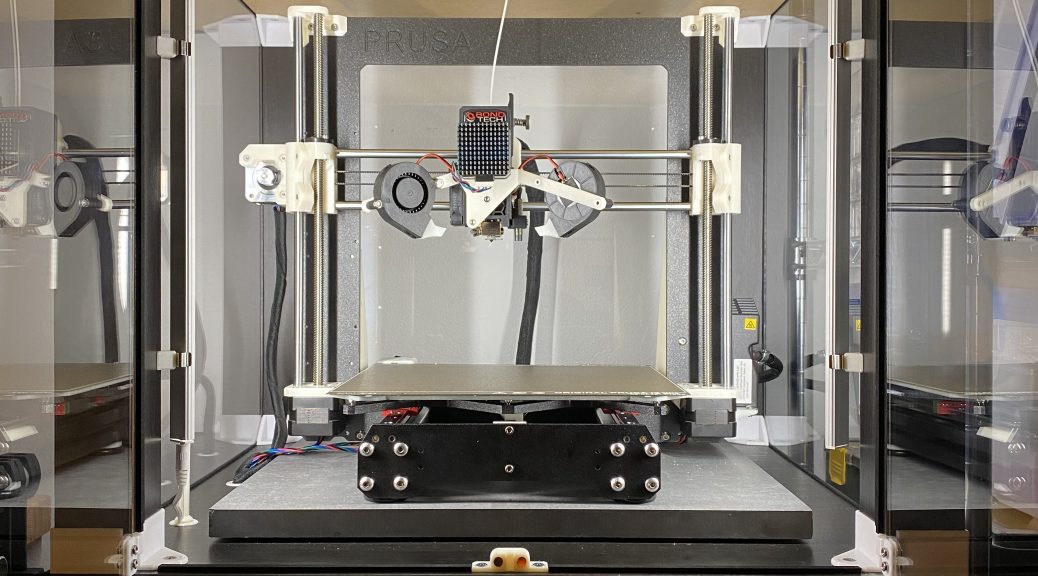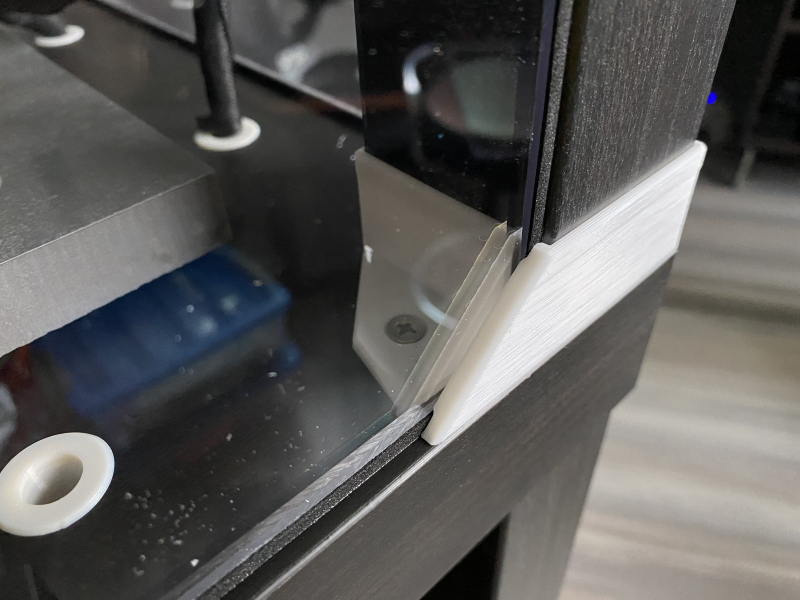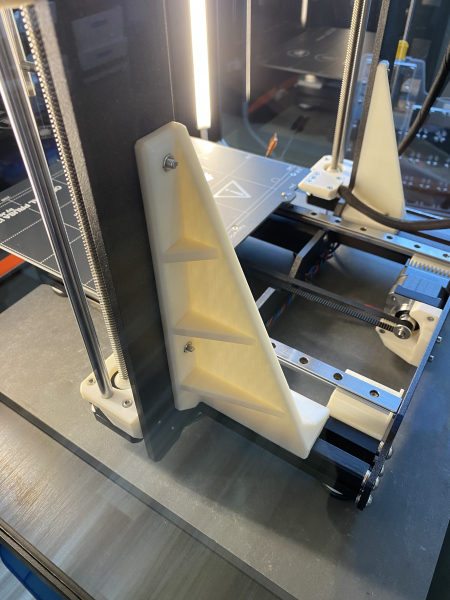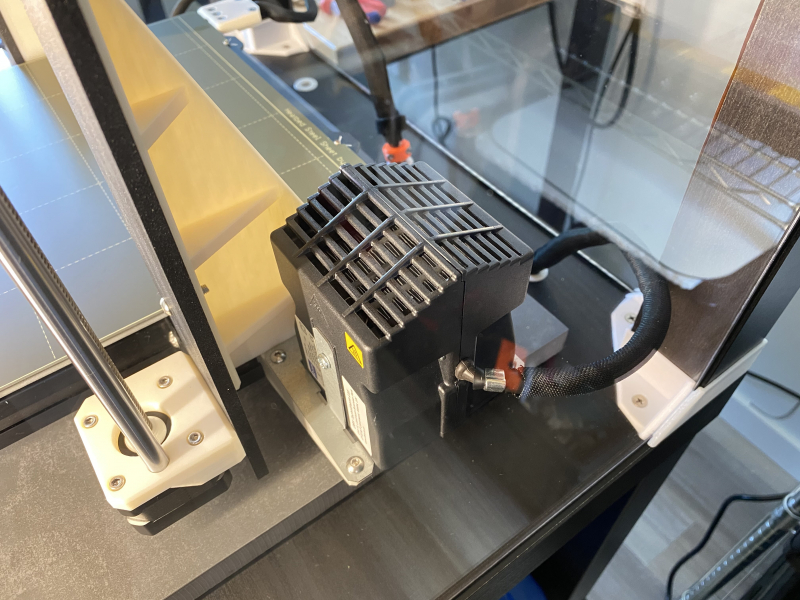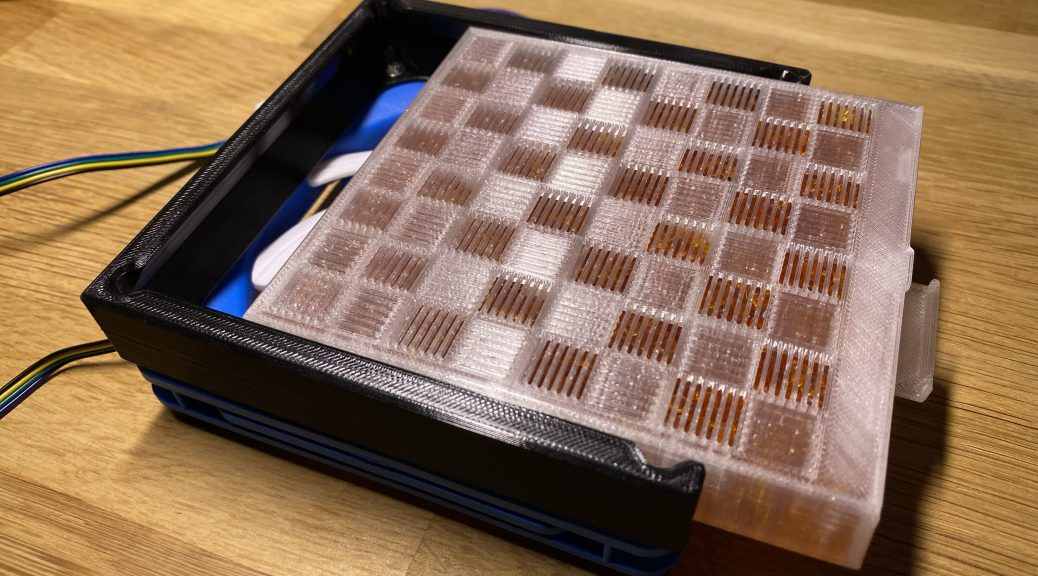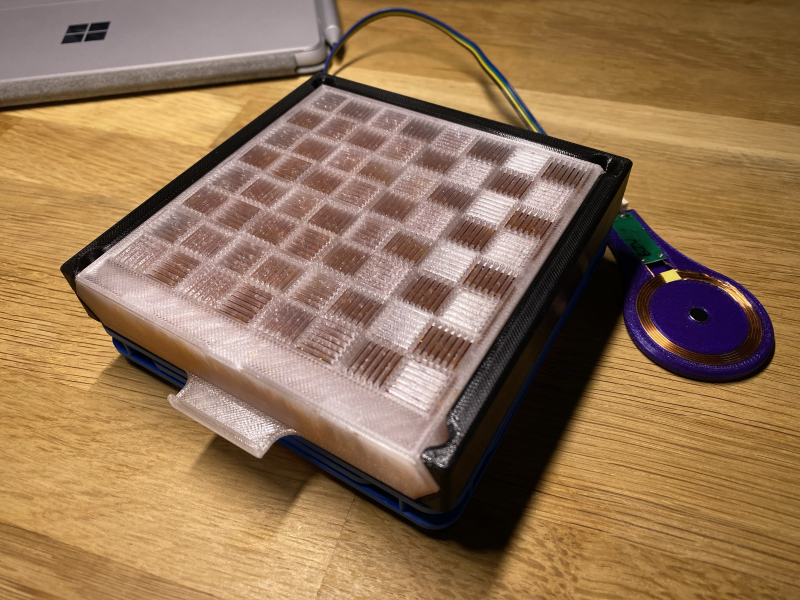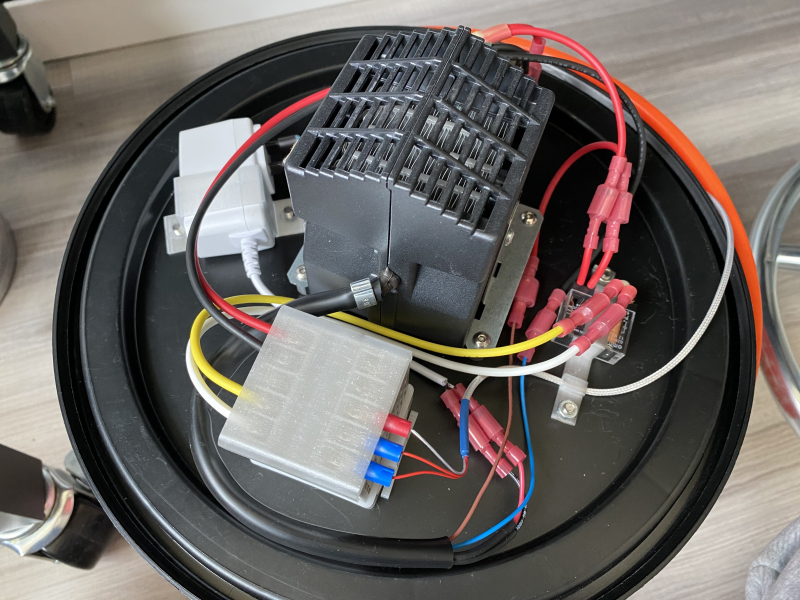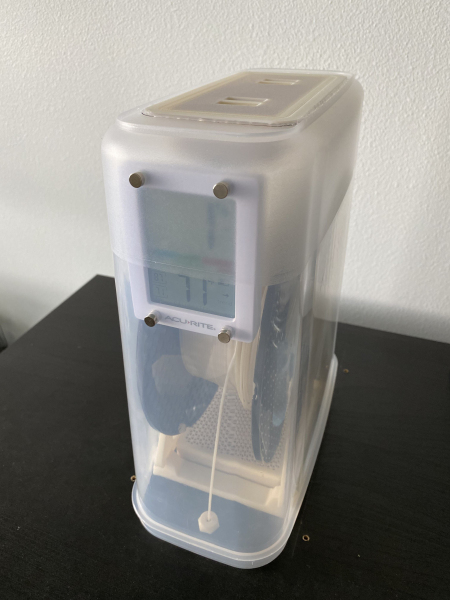Design files for this project can be found here
After years of waiting, I finally stumbled across an great deal for a nice thermal IR camera. The device in question, a now-discontinued FLIR E40, features a native 160 × 120 60Hz sensor with 0.07°C thermal sensitivity and a -20 to 650°C (-4 to 1202°F) temperature range. The device didn’t come with a working charger or other accessories, but I figured that I could just model and build the missing accessories myself.
Continue reading FLIR Exx Accessories
